
Ford is blurring the lines between its road cars and race cars more than it ever has since the days of production car racing. The Blue Oval has multiple competition versions of the latest generation Mustang including the Supercar, NHRA drag car, GT3, GT4 and the Dark Horse R.
The latter is the closest car you can get between the showroom and the circuit, with Ford looking to recreate the ‘good old days’ of near-production class racing for grassroots competitors.
The Mustang Challenge is a one-make series designed for the Dark Horse R, and Torquecafe had a (very close up) look at the series at Laguna Seca recently. With plans well underway to get Mustang Challenge onto Australian tracks next year, what exactly is the Dark Horse R and is it really worth adding to our crowded racing market?
READ MORE: Ford Mustang Dark Horse review
Mustang v Mustang
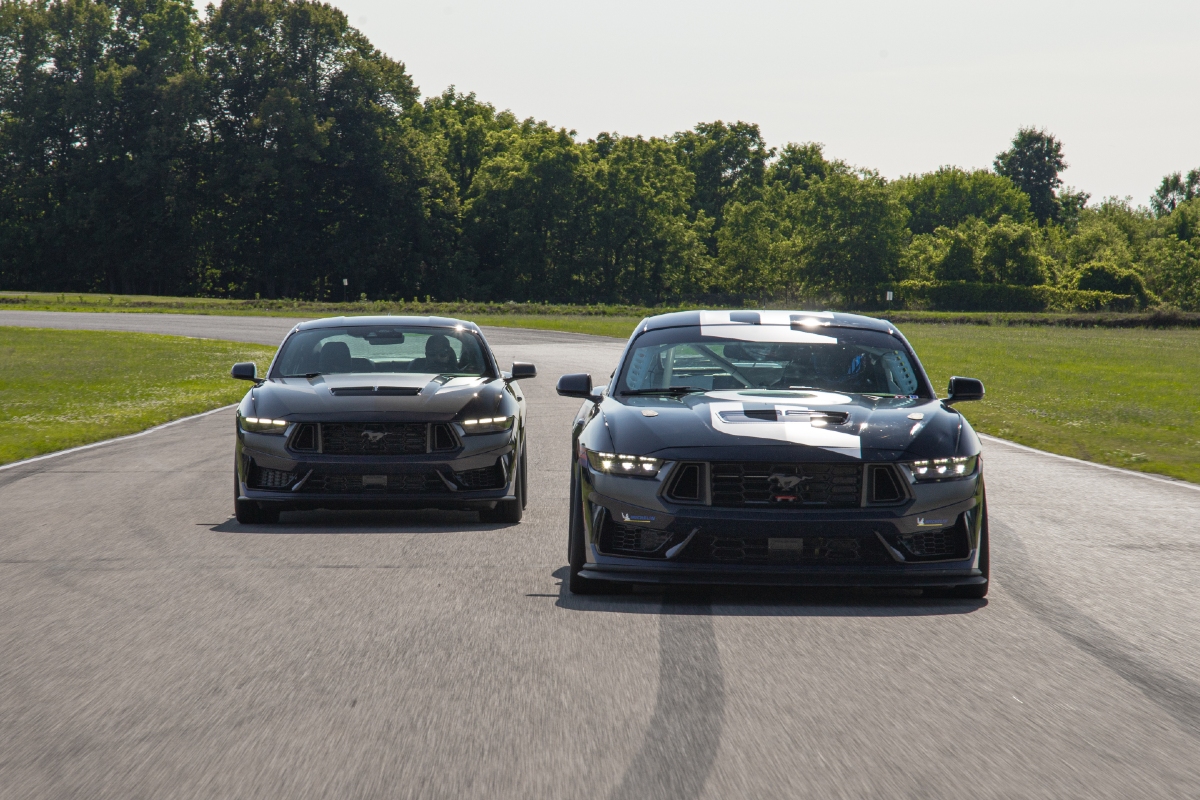
The key to the series is just how closely related the Mustang Dark Horse R (DHR) is to the Mustang Dark Horse you see on the road. Ford enlisted its racing partner, Multimatic, to build the DHR, but there was a clear brief to keep it as close to production as possible.
With that in mind, the majority of the 5.0-litre V8 engine actually remains stock, with the key DHR differences being a Borla exhaust and upgraded oil system, as well as additional cooling for the transmission and differential to ensure it can survive a 45-minute race distance. The Tremec six-speed manual gearbox and Torsen limited slip differential from the road-going Dark Horse have been carried over with almost no change. As for the chassis, obviously the suspension is adjustable and features Multimatic’s famous DSSV dampers. The Brembo brakes have been upgraded for better longevity and safety too.
READ MORE: Ford Mustang Challenge explained
Perhaps the biggest difference between the road-going Dark Horse and the DHR are the 19-inch alloy wheels fitted with slick Michelin racing tyres; which were developed specifically for the Mustang Challenge.
And, of course, there’s the usual safety enhancements, including a roll cage, racing seat, racing harness and fire suppression system.
This simplicity and closeness to the road car means the Mustang Challenge is not a category filled with traditional racing teams. Reigning champion Robert Noaker is 21 years old and runs a four-car team that he co-owns with his parents.
”We’re kind of unique in the fact that a lot of our crew guys aren’t mechanics daily,” Noaker tells Torquecafe. “One guy used to work for my parents as a body shop estimator. So, like, he works for an auto auto parts shop now and is just a close friend.
“When we’re at home between weekends, it’s normally just my dad and I working on the four cars. If we’re in a time crunch we’ll fly a guy in to help us, but if you know how to work on a car, it’s pretty self-explanatory. It’s really more just nut and bolting, making sure stuff isn’t falling off. There’s not actually much having to replace every weekend. They’re not very maintenance heavy.”
Green flag for Australia

Visually, aside from the bright and colourfully liveries, the DHR looks remarkably similar to the Mustang Dark Horse you or I could drive out of the local Ford showroom. However, they do not sound standard when they hit the track.
Torquecafe was given the privilege of starting a Mustang Challenge race at Laguna Seca, literally waving the green flag as the field raced beneath the flagstand. And from this close-up vantage point the Borla exhaust certainly works its magic. The sound of the full field of Dark Horse R racing full throttle underneath us is eye-piercingly-loud – louder than even the current Supercar grid.
While Noaker comfortably won both races, there was plenty of close racing behind. Remarkably, one of the best races involved none other than Ford’s global CEO, Jim Farley, who demonstrates by his regular racing activities that he’s most definitely a diehard car lover and not a beancounter.
Noaker and Farley also represent the spectrum of drivers that the Mustang Challenge could attract in Australia. At one end is the young, up-and-coming racer who wants to race Supercars or GT3, while at the other is a successful businessman looking for weekend enjoyment.

One example of the Mustang Dark Horse R is already in Australia effectively as an advertising and test driving tool to drum up interest in a series for 2026 and beyond. Chris Ward is Ford’s global one-make category manager, making him responsible not only for Mustang Challenge in America, but also its possible Australian expansion.
“We are really, really close, hopefully, to having news on an announcement for that market very soon,” Ward said. “We’ve got some contractual obligations that we’re working through and then, as I say, hopefully very soon, all things considered that we would have that in market in ‘26.
Ward explained that Ford is confident that the Mustang Challenge is a worthwhile addition for Australia because it will allow drivers to graduate from the thriving track day industry, with their road cars, to something not too dissimilar.
“We’re looking to further the sports car market in Australia where people that are track day enthusiasts, not have such a giant leap to go from the track day warrior, let’s call them, to let’s say GT4 racing or GT3 racing. We want to fill that little niche in between people that have taken their street cars onto the racetrack to go GT4 racing,” he said.
If they succeed, then the gap between Ford’s Mustang road cars and its stable of racing Mustangs will only get smaller for Australians.




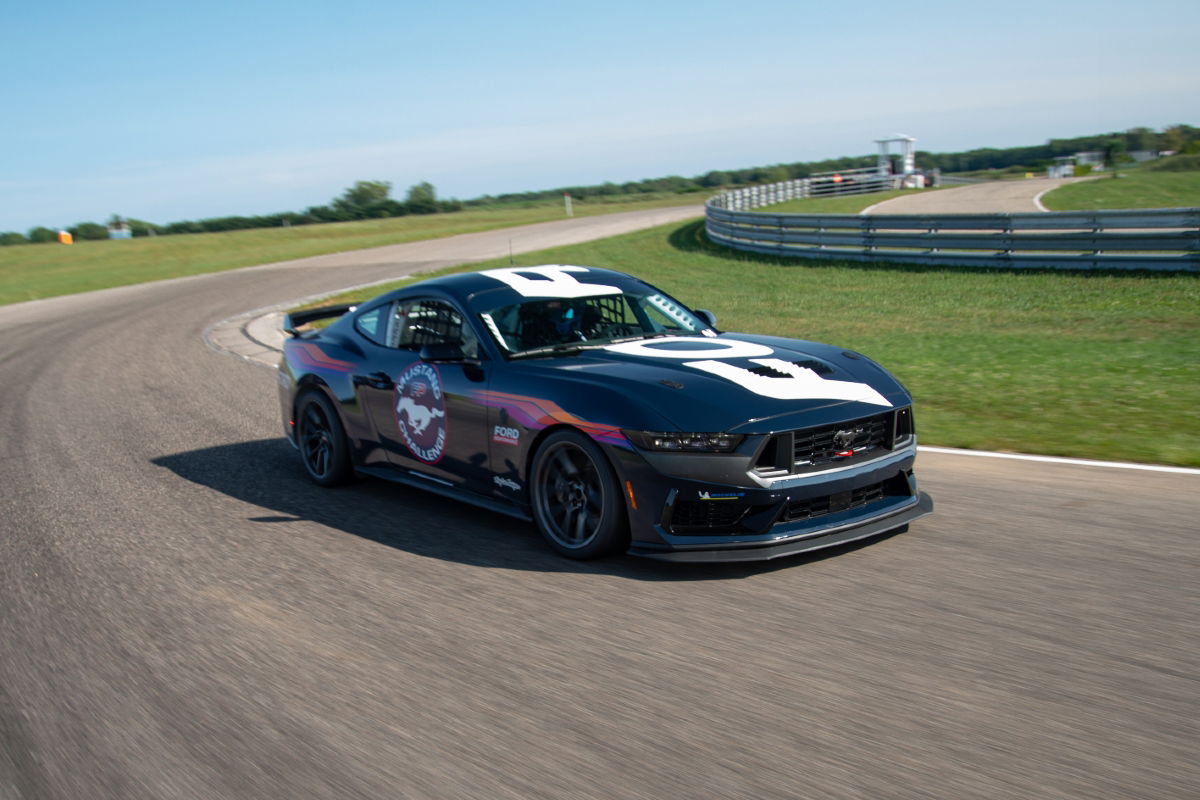

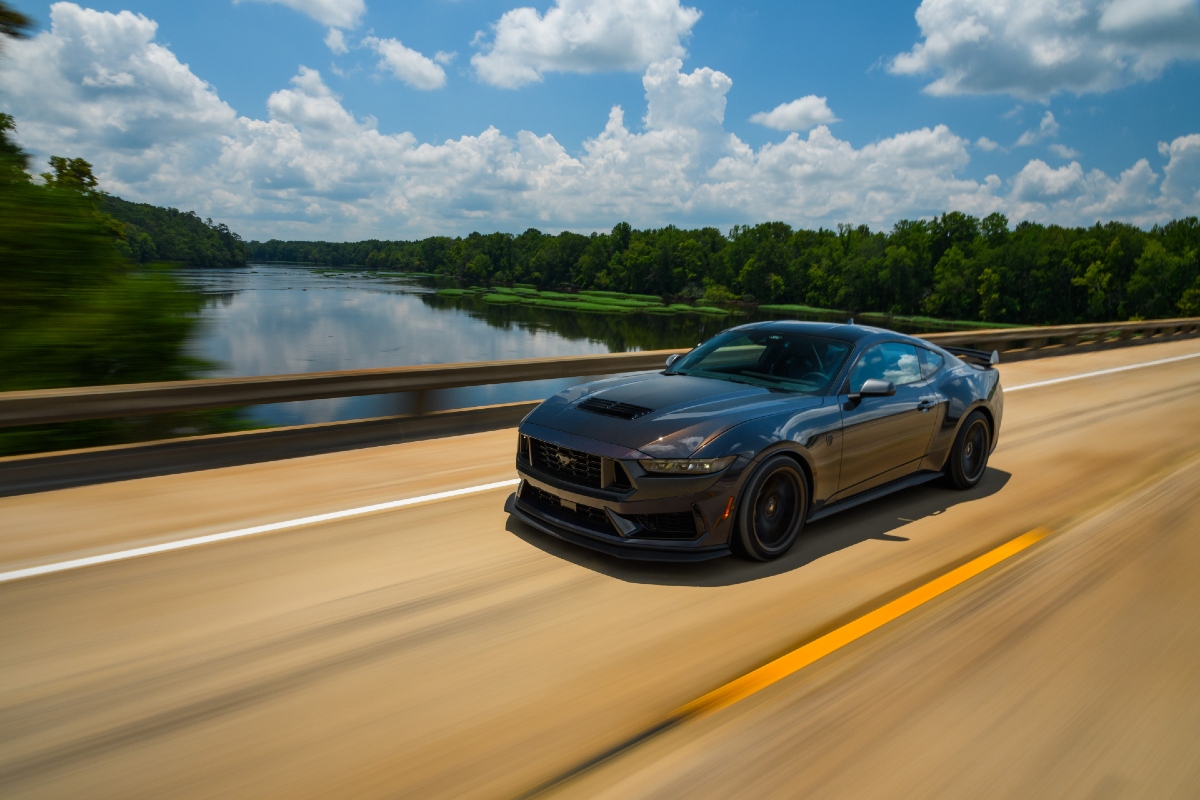
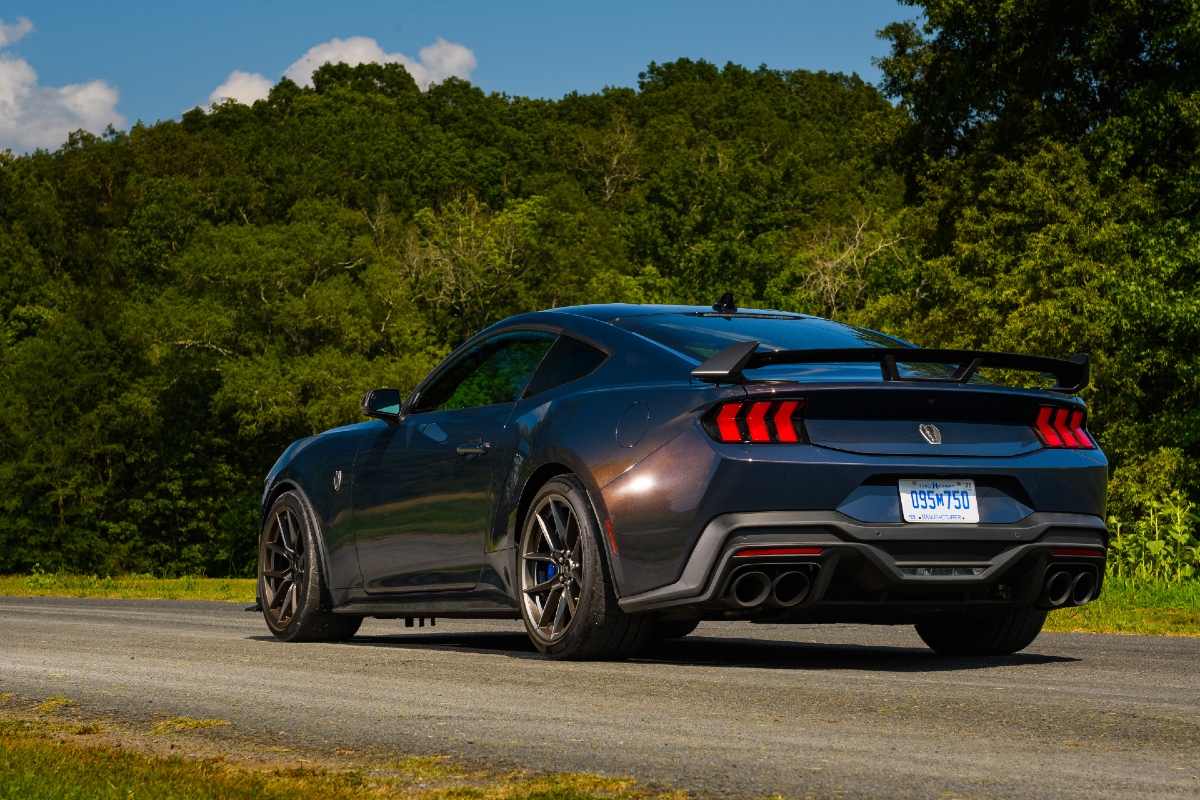
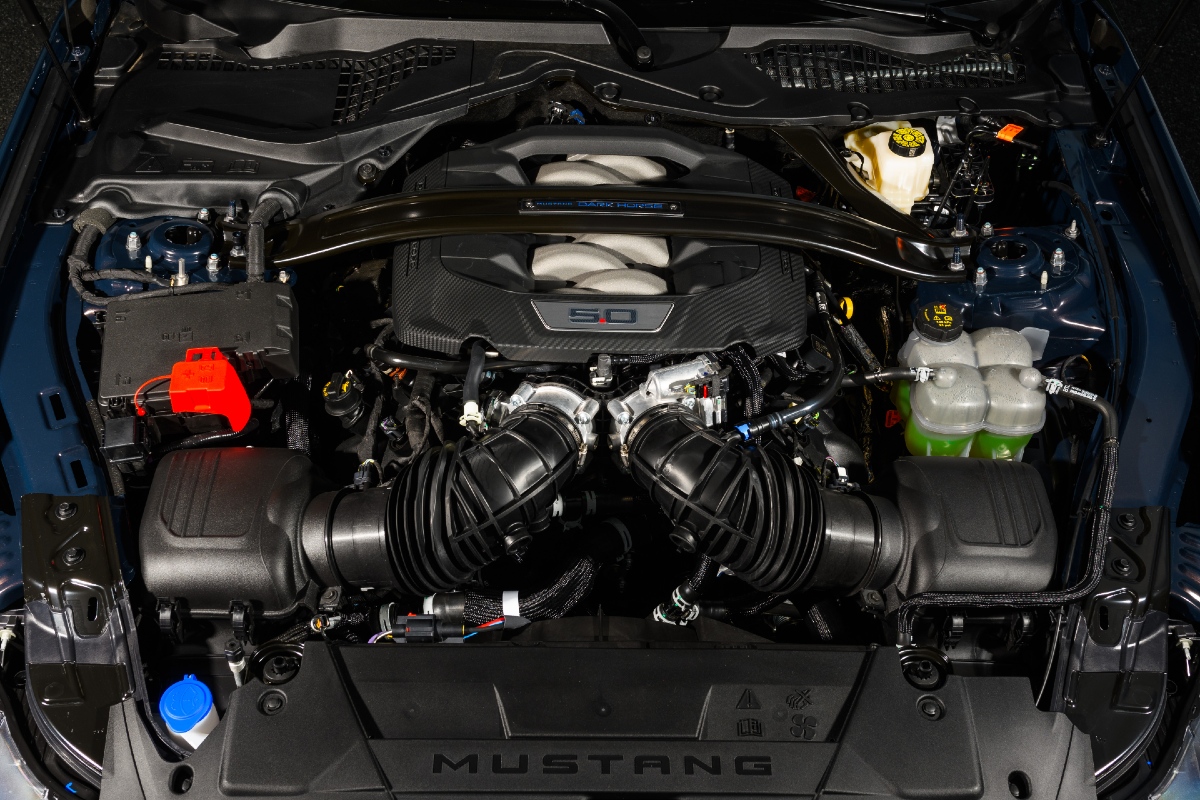



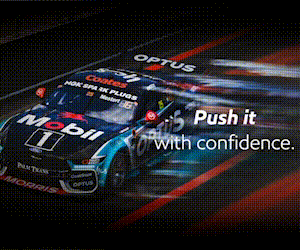










Discussion about this post